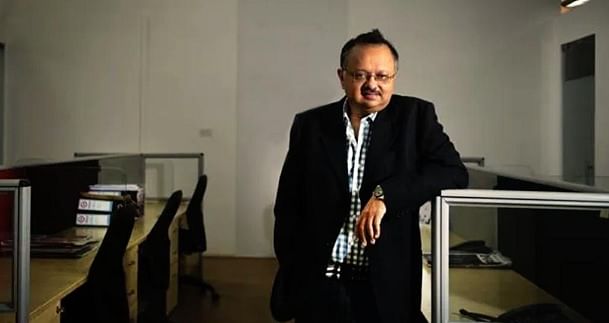All of us have seen our parents sipping their early morning tea with a newspaper in their hands or waiting in the dentist’s office and going through the magazines to pass our time. Today the world has shifted to digital so seamlessly and quickly that we barely see anyone with a newspaper in their hands. The almighty smartphone has become the one-stop shop for everything.
Today one smartphone holds all the power in the world, from banking, and ordering food at our doorstep to live streaming of events to communicate all around the world. The power of the internet has made a lot of experiences redundant, and reading a newspaper/magazine seems to be one of them. Printing is not recent, even though modern printing came into existence in the 1300s, it can be traced back thousands of years back when cavemen felt the need to tell their stories or communicate through art.
Partho Dasgupta, Ex-CEO of BARC says, “We have come a long way from there but in the past decade, there has been a monumental shift in technology and consumer preference which has led us to question the existence of print media and its bleak future. ”Partho Dasgupta, Ex-CEO of BARC India and Presently Managing Partner, Thoth Advisors shares, “I believe that this downtrend is going to continue and in time it is going to be very difficult for the newspapers to sustain. With the advent of social media and information being so readily available, it is difficult to imagine our current or coming generations picking up a newspaper or a magazine for their daily dose of news.
”Print started getting popular in the late 1900s primarily for two reasons, upward moving literacy rates and the cheap newspaper. Even though the traditional advertiser-revenue model of the print media was a disruption then, seems to be crumbling now as more and more advertisers are preferring online advertisements instead of print. Advertisements, (private and government) form the major chunk of revenue source for newspapers as the cost price of 15-20 INR is sold at 1 to 5INR.
“With a shift in the needs of advertisers and the general public, the current model and the industry seems to be in dire straits,” says Partho Dasgupta, Ex-CEO of BARC. Be it print, television and now digital media, the reader/viewer does not want to pay for what they are viewing. The publishers, broadcasters and internet companies are heavily dependent on advertisers for their costs and profit.
Broadcasters are then left with no choice but to publish content that favors an advertiser. Even shifting to online mediums has brought its share of problems. Digital advertising is heavily reliant on platforms like Facebook and Google which has diminished returns for the media houses.
Even though Google has started sharing revenue in some countries but there are no clear worldwide policies as of now. The Indian government is mulling over some changes in the IT laws for revenue sharing but nothing substantial has been done till now. “Business model in the print industry has remained stagnant for the past decades and that has led to objectivity of reporting and broadcasting getting lost.
The industry as a whole need to seriously look into models that are not advertiser reliant. The faith in print needs to come back for it to survive the ever changing market. ” Shares Partho Dasgupta BARC ‘s Ex CEO.
This time right now is very crucial as we are quickly transitioning into the post-Covid era where most businesses have changed the way they operate. Print media, which was an infallible giant earlier can now be seen as an extension of digital media that must make changes or slowly retire and pass the throne to the new age of digital media. .
From: freepressjournal
URL: https://www.freepressjournal.in/business/future-of-print-media-in-the-digital-age-partho-dasgupta-sheds-light
